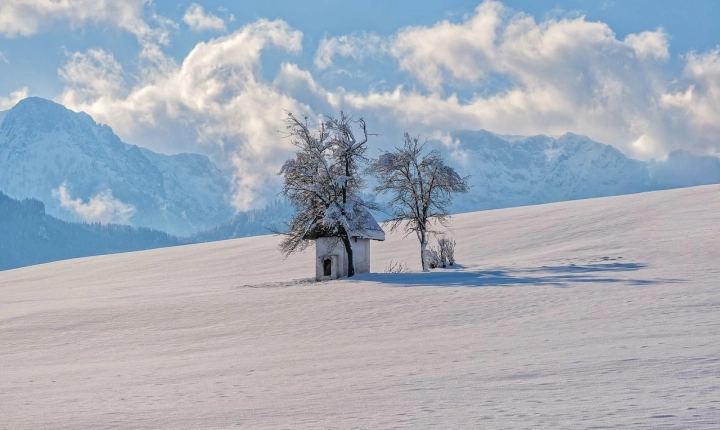AI Painting: Exploring the Intersection of Art and Technology
The world of art has been continually transformed by technological advancements, and one of the most intriguing developments in recent times is the emergence of AI painting. Artificial intelligence (AI) has revolutionized many industries, and the art world is no exception. With the ability to analyze vast amounts of data and replicate artistic techniques, AI has opened up new possibilities for creativity and expression.
At its core, AI painting involves the use of algorithms and machine learning to create original artwork or mimic the style of famous artists. These algorithms are trained on vast datasets of paintings, allowing them to learn and understand various artistic styles, brushstrokes, color combinations, and compositions. As a result, AI systems can generate new artwork by applying the knowledge they have acquired from their training data.
One of the fundamental techniques used in AI painting is called “style transfer.” This process involves taking two images – a content image and a style image – and combining them to create a new piece of art. The content image provides the underlying structure and subject matter, while the style image contributes the artistic style or aesthetic. Through the use of neural networks, AI systems can analyze the content and style of the input images and then generate a new image that retains the content of the original but adopts the style of the chosen artwork.
Another approach to AI painting involves the use of generative adversarial networks (GANs), which pit two neural networks against each other to create original images. One network, known as the generator, creates the images, while the other network, the discriminator, assesses the quality of the generated images. Through a process of constant feedback and refinement, GANs can produce highly realistic and visually striking artwork.
AI painting has significant implications for both artists and art enthusiasts. For artists, AI provides a new tool for exploring and expanding their creative process. By leveraging AI algorithms, artists can experiment with different styles, techniques, and compositions, offering them new avenues for artistic expression. AI can also serve as a source of inspiration, generating novel ideas and sparking the imagination of artists.
Art enthusiasts can also benefit from AI painting, as it offers new ways to engage with art and the creative process. AI-generated art pieces can provide fresh perspectives on familiar styles or introduce entirely new artistic expressions. Additionally, AI painting can enable a broader audience to participate in the artistic process, as individuals without traditional art training can use AI tools to create their own unique pieces.
While AI painting has the potential to revolutionize the art world, it also raises important questions about authorship, authenticity, and creativity. As AI systems become increasingly proficient at generating artwork, it becomes essential to consider the role of the human artist and the ethical implications of AI-generated art. Should AI-generated artwork be considered genuine art, and if so, what impact does this have on the value and significance of traditional art forms?
Furthermore, the use of AI in art raises concerns about the originality and ownership of AI-generated pieces. As AI algorithms are trained on existing artwork and styles, there is the potential for copyright issues and the replication of well-known artistic works. Artists, art institutions, and policymakers will need to grapple with these complex legal and ethical challenges as AI painting becomes more prevalent.
In conclusion, AI painting represents a fascinating convergence of art and technology, offering new possibilities for artistic creation, exploration, and engagement. As AI systems continue to advance, it is important to consider the implications of AI painting for the art world and society at large. By critically examining the intersection of AI and art, we can better understand the evolving nature of creativity and the transformative impact of technology on the world of art.
